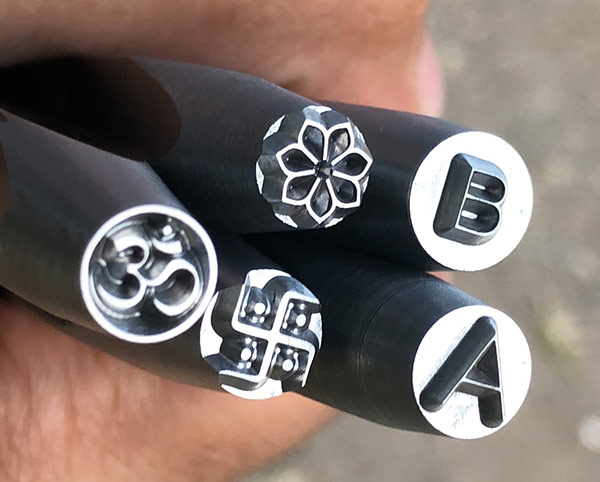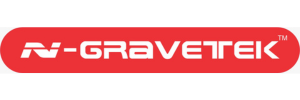STEP 1
2D CONCEPT DRAWING
This is the first step to manufacture any part using CNC machine. In this step simple line drawing is prepared for part to be machined. Line drawing can be hand sketched or prepared on PC in a CAD (computer aided design) software.
If 2D concept drawing is hand sketched, it is eventually scanned and imported into CAD software for further processing. Most engineering CAD drawing software have 2D tools to draw basic shapes like square, circle and triangle. Typical artistic CAD drawing software have tools like freeform sketching, text, text on curve etc.


STEP 2
3D CAD MODEL
In this step a 3D CAD model is prepared for part to be machined mostly probably on CNC Milling Machine. Also, bas-relief development for machining using CNC Engraving Machine or CNC Router Machine is kind of 3D CAD model development. Bas-relief is a type of sculpture that is achieved by carving a design into a flat surface. Relief has less depth than figures actually have.
Both 3D CAD model & bas-relief are developed based on 2D concept drawing prepared in step 1 A typical relief model development CAD software has many tools like sweeping, sculpting, combination of surfaces etc. to make relief development easy and fast.
STEP 3
CREATE TOOL PATH
In this step a CAM (computer aided machining) program is generated using CAM software.
Usually many software companies offer CAD and CAM as single software package. Few software companies offer only CAM. In such cases user has to import CAD model for making CAM program. In CAM software various tools (for example milling or engraving tools) used for CNC machining are defined.
Based on selected machining strategy, tools and machining parameters CAM software generates path for tool movement on CNC machine. These tool movement are machine independent. CAM software stores this tool path data in machine independent files.


STEP 4
CREATE NC PROGRAM
Once tool path is generated in CAM software, next step is to generate G-code.
G-code is a language that tells computer numerical control (CNC) machine tools what type of action to perform.
Most CAM software use inbuilt machine specific post processor files to read tool path data from machine independent files (generated in step 3)It is then converted in machine controller readable G-Code, M-Code NC program. Post processor take into consideration format required for specific machine controller along with machine kinematics for generating NC program.
STEP 5
CNC MACHINING
In this step, actual manufacturing of part, die, mould etc. takes place. This process where CAM NC program file dictates the movement of machine to manufacture a part is called CNC machining.
CNC machining is fully automated with very little or no manual work required. Also, CNC machining is adopted in modern day manufacturing due to capability to run machines in predictable repetitive cycles.
In conclusion, CNC machining has become vital in the areas of metal and plastic production.


